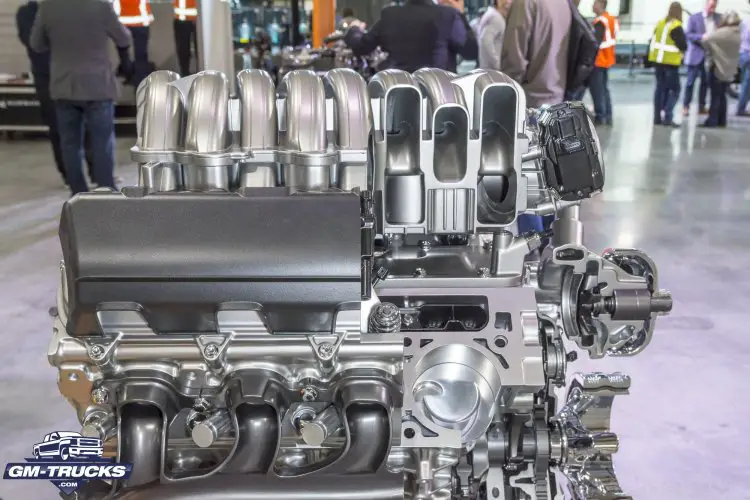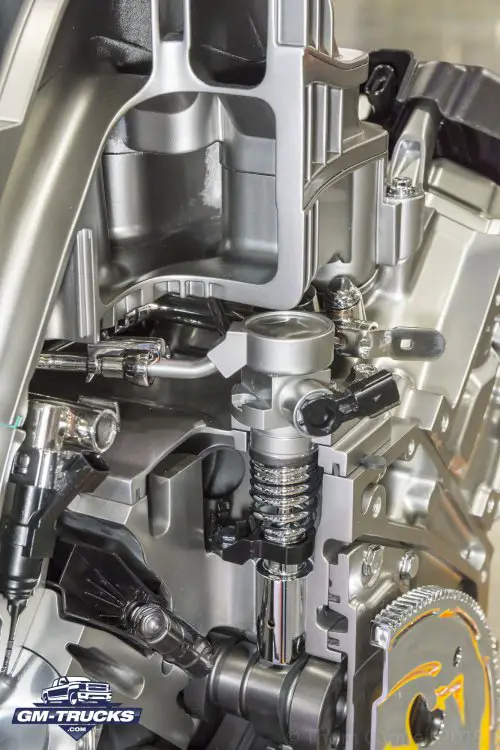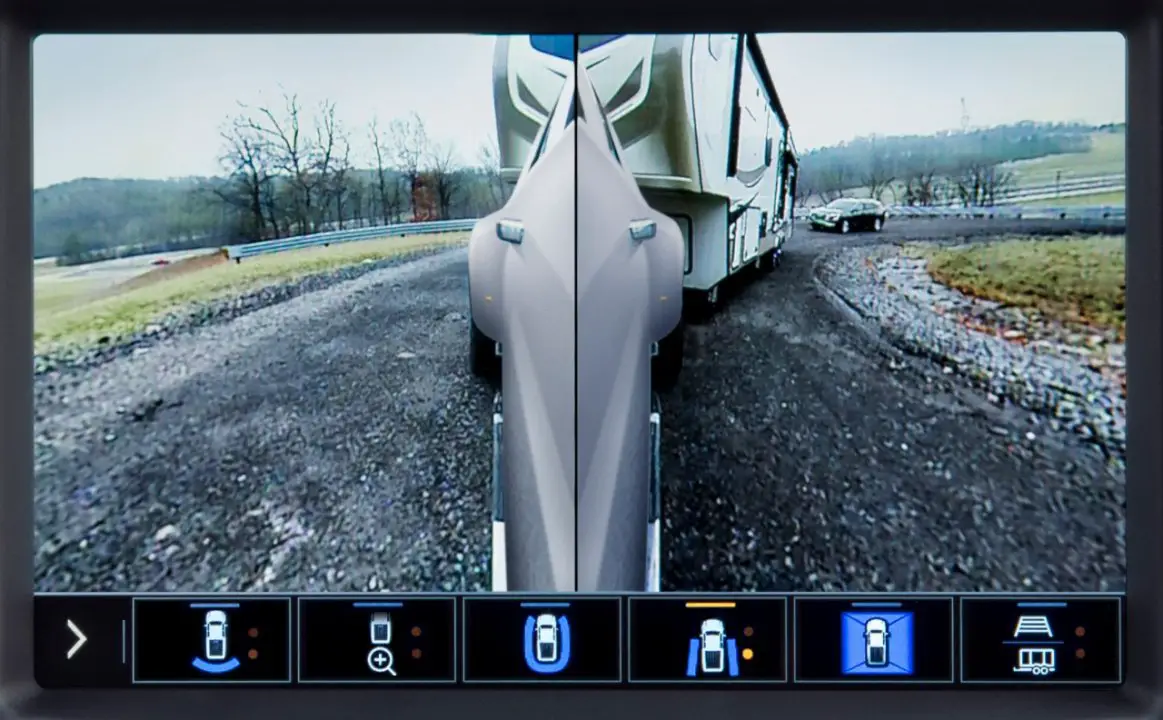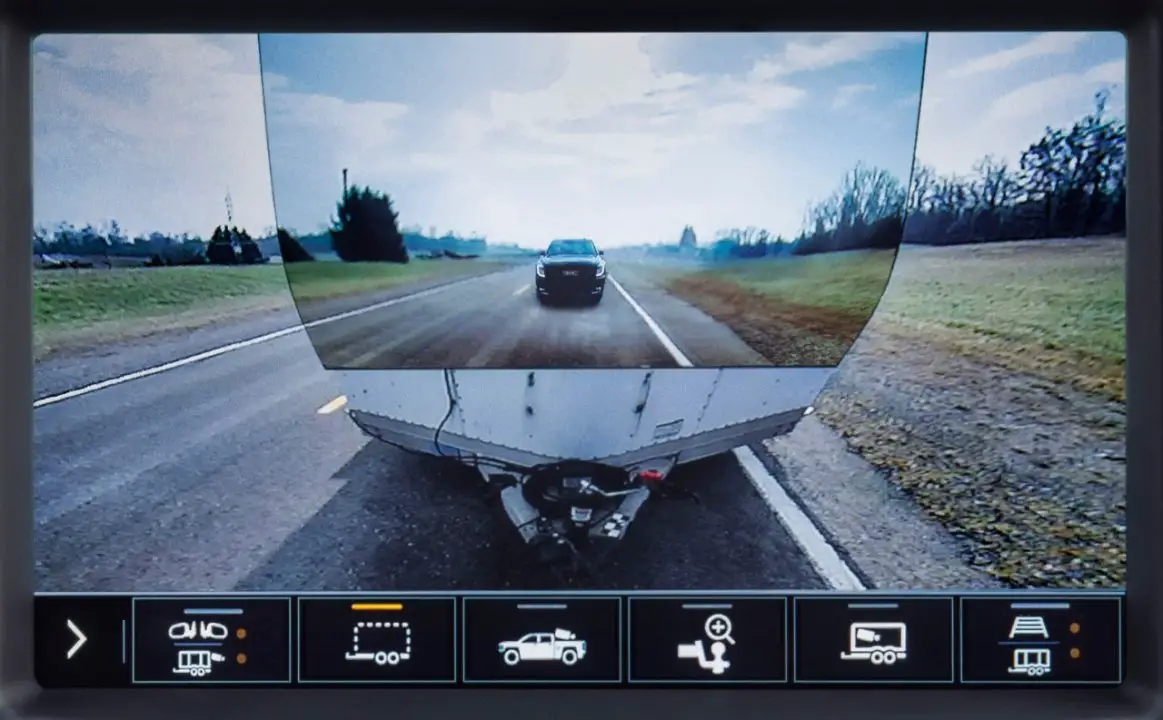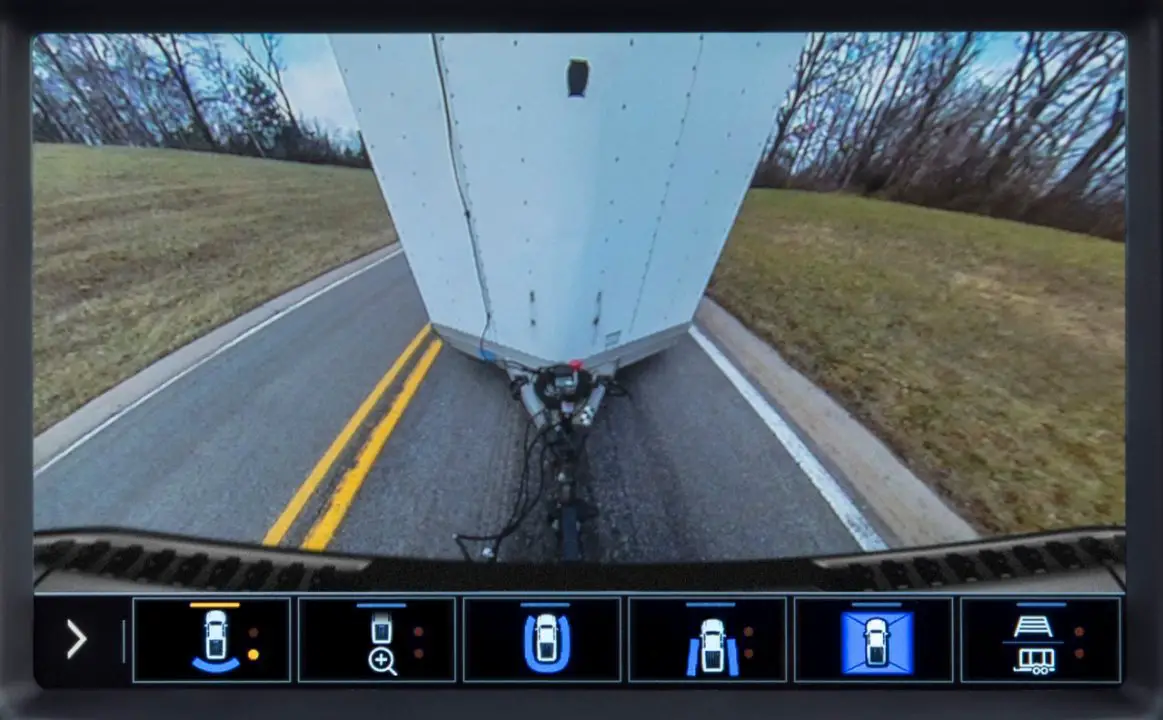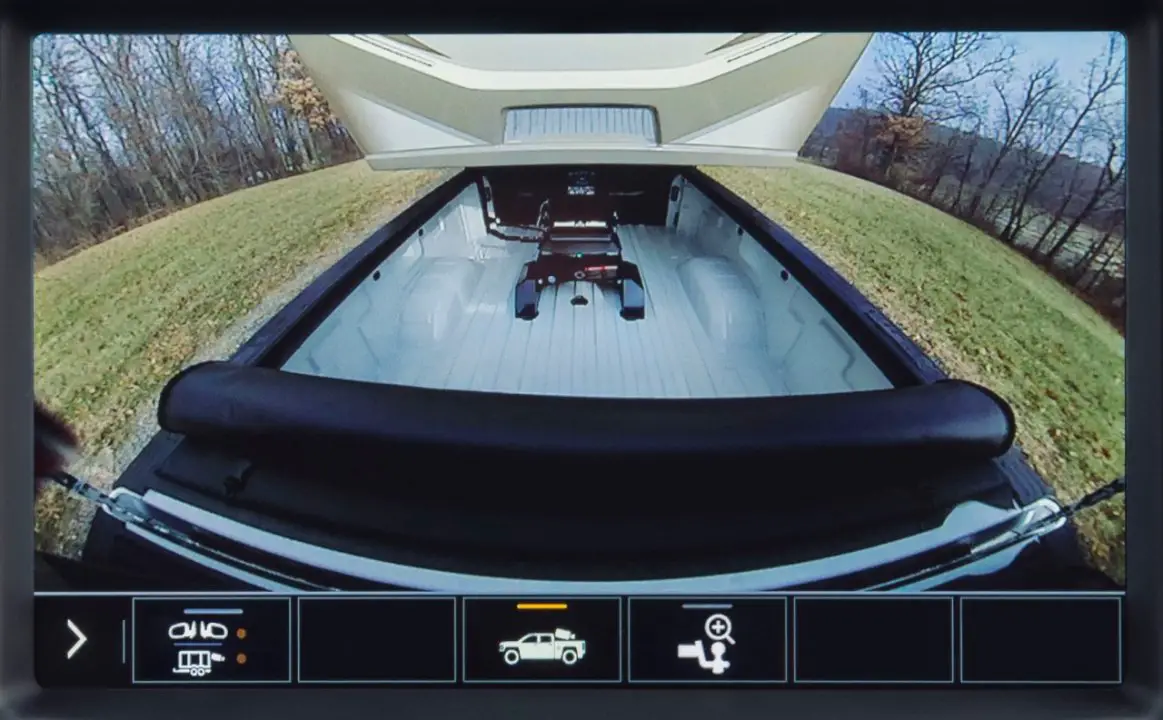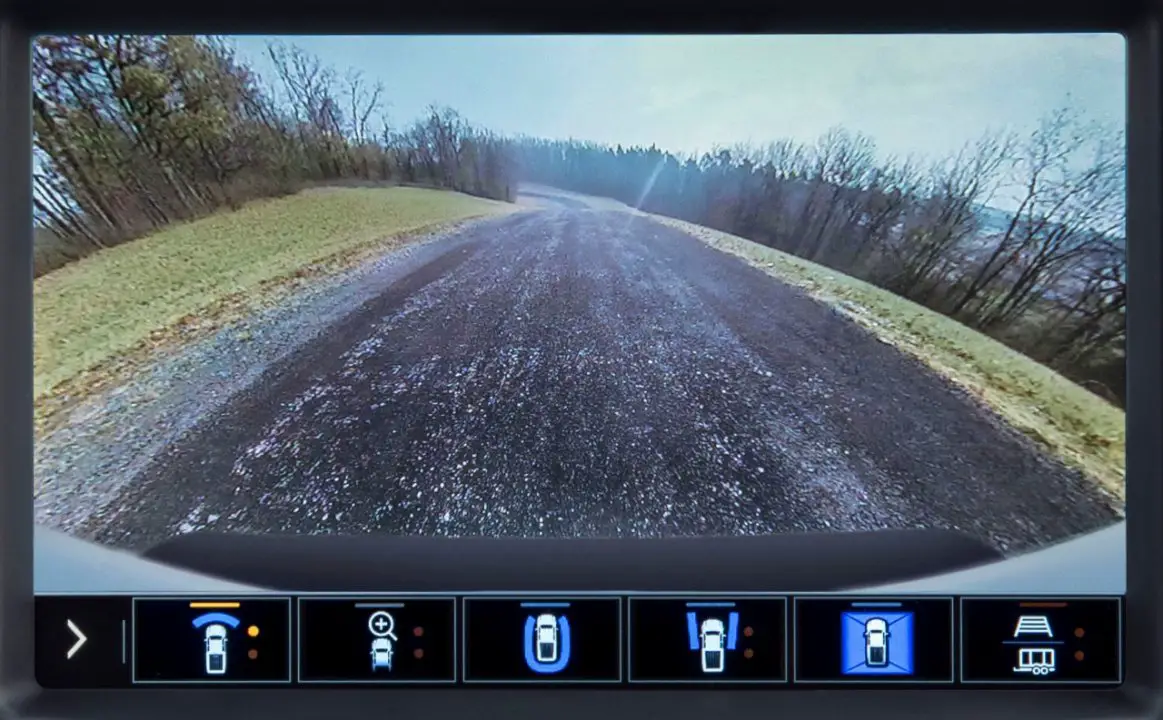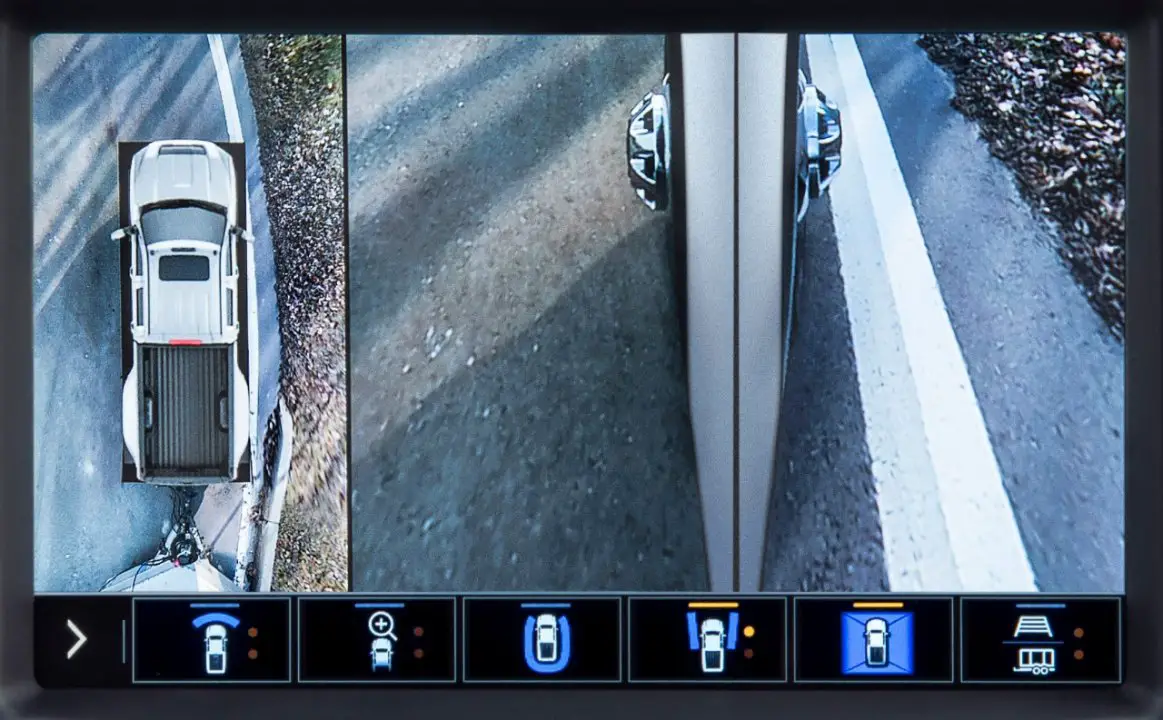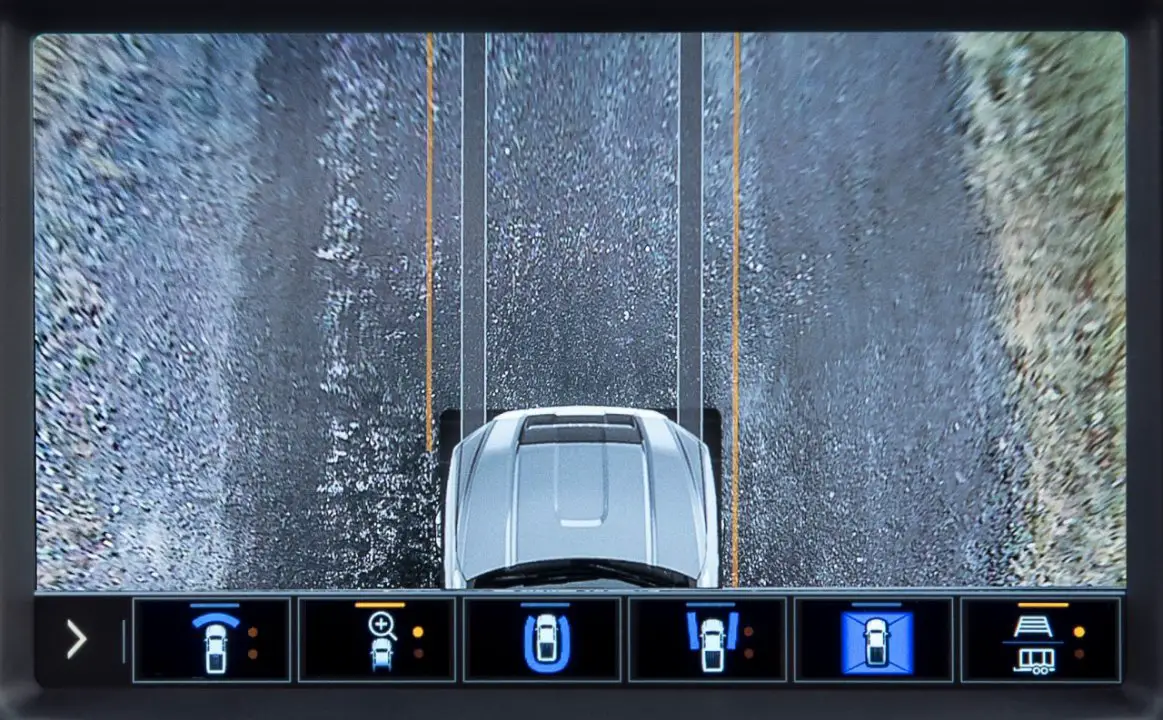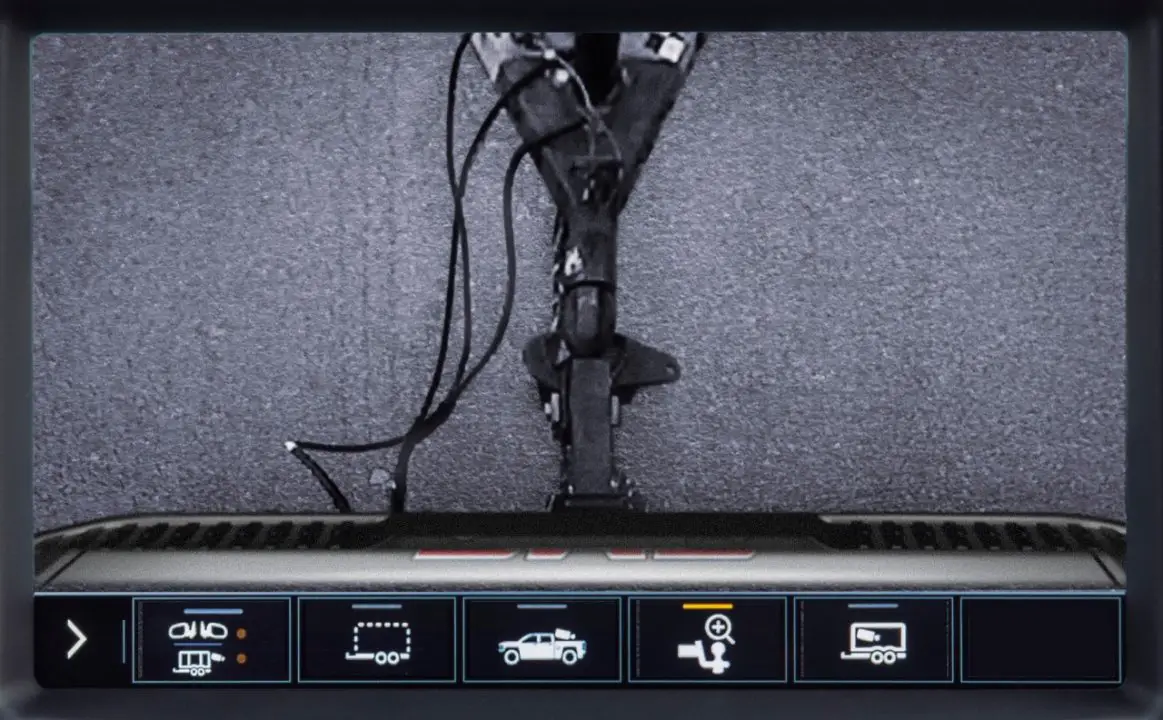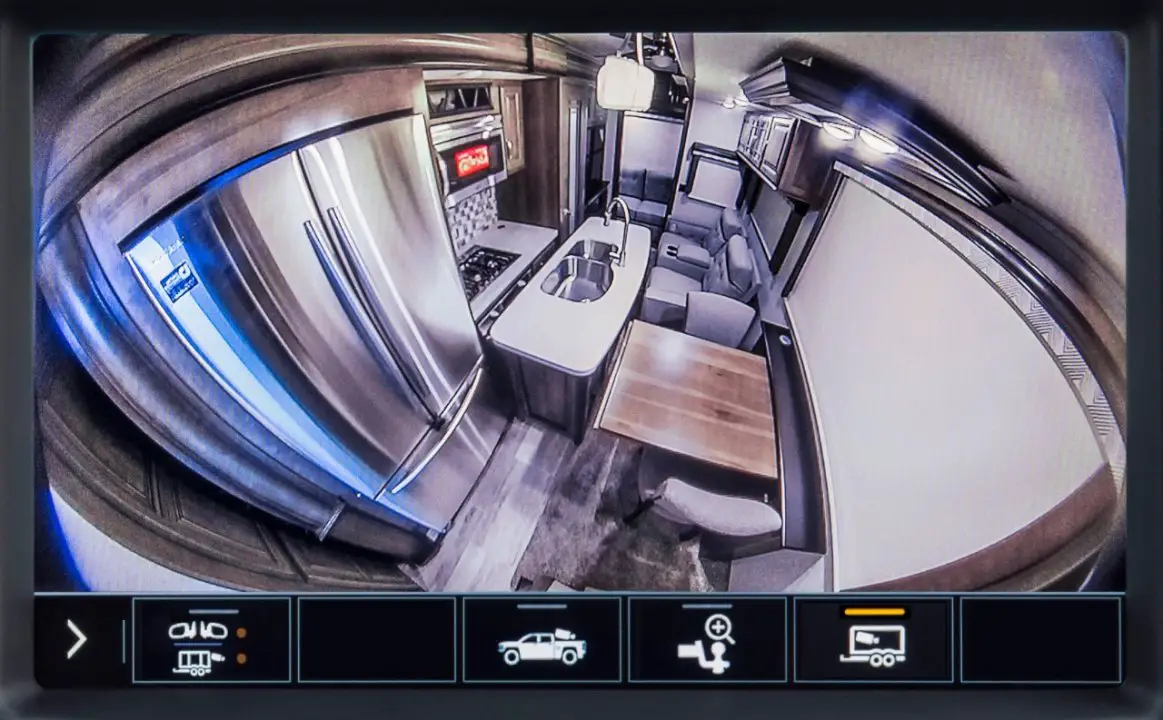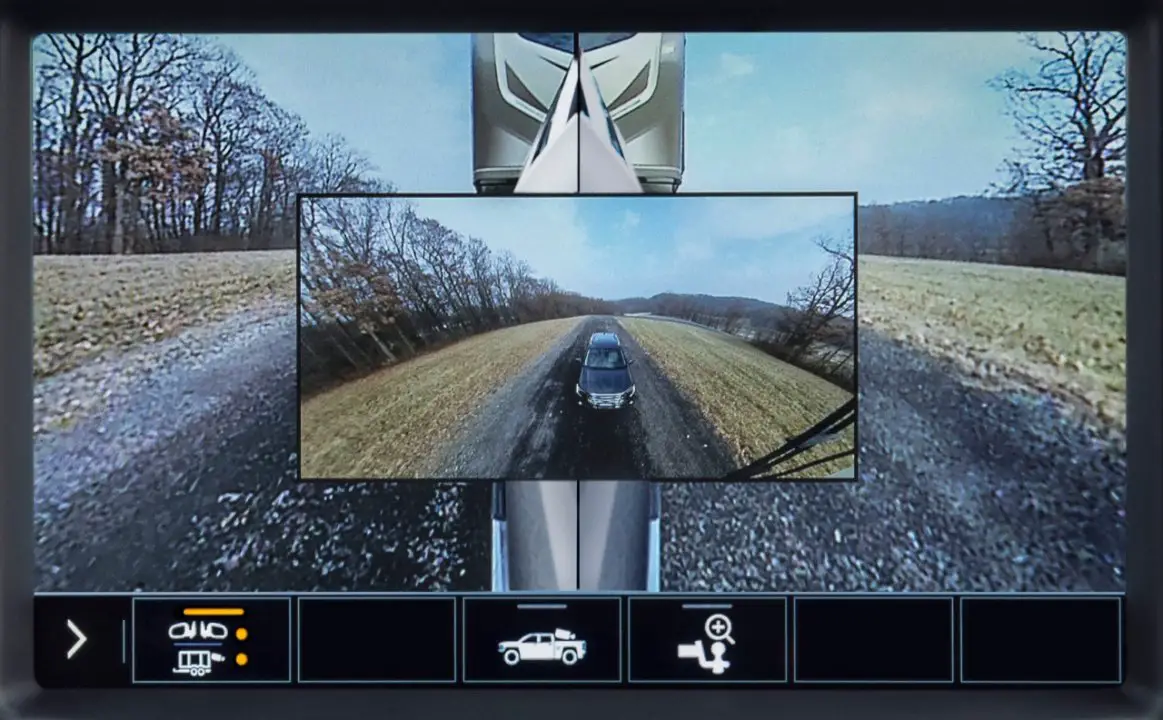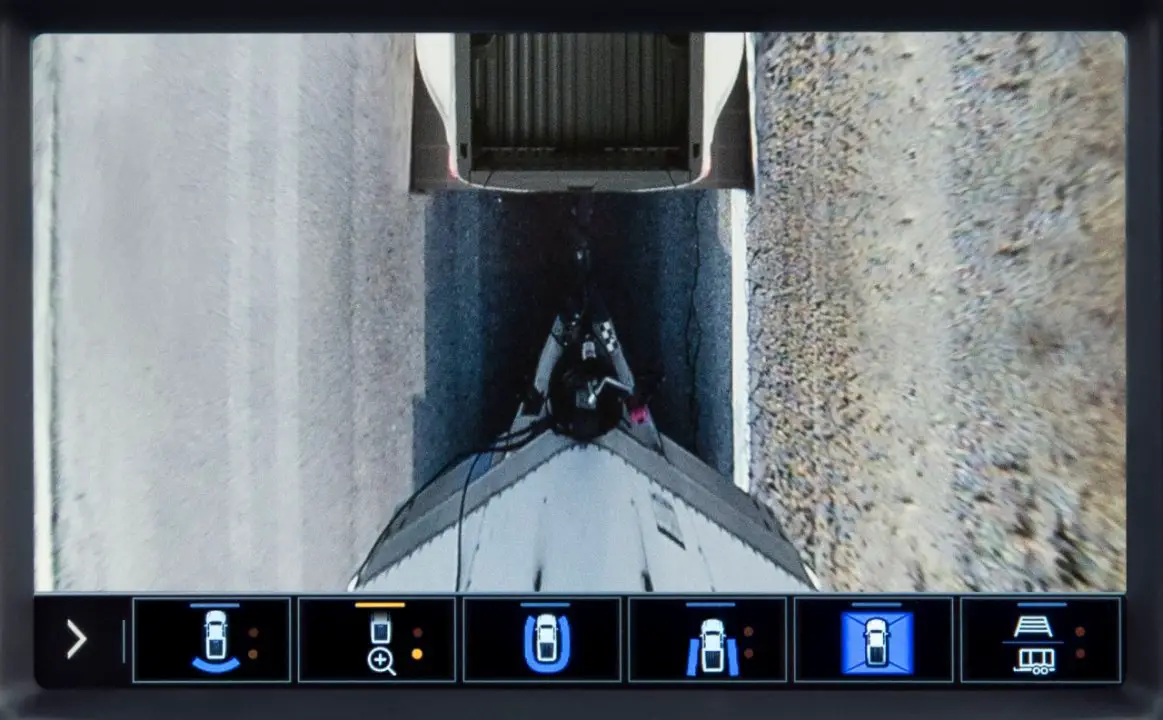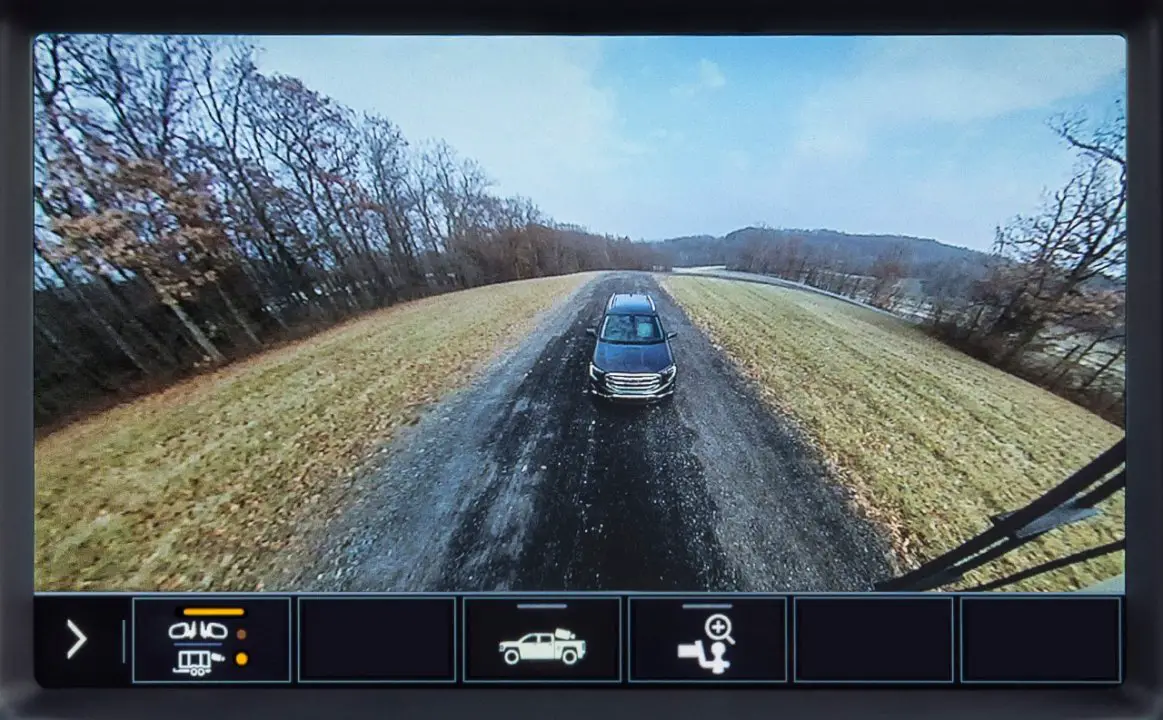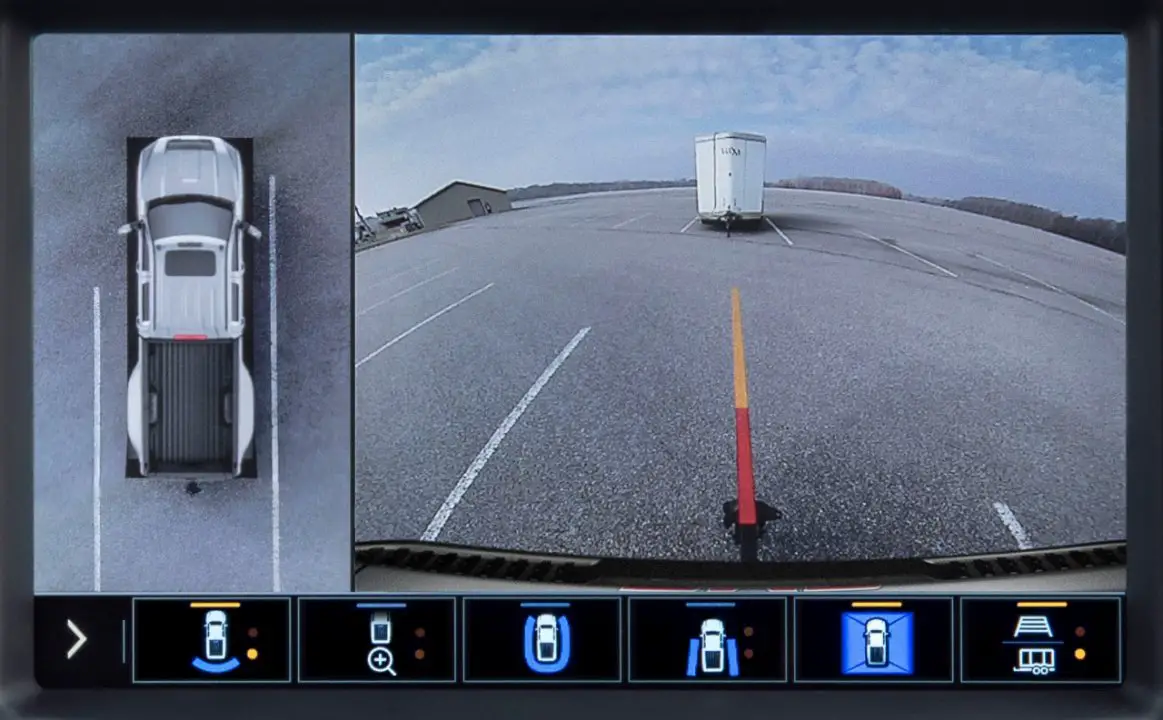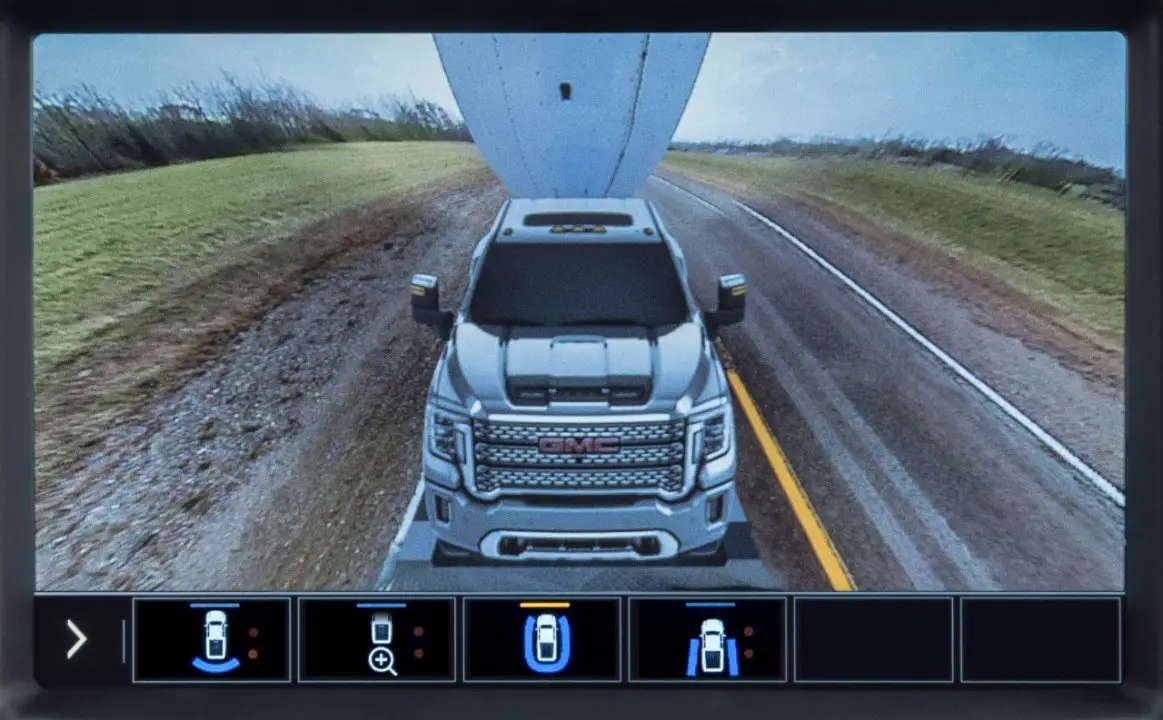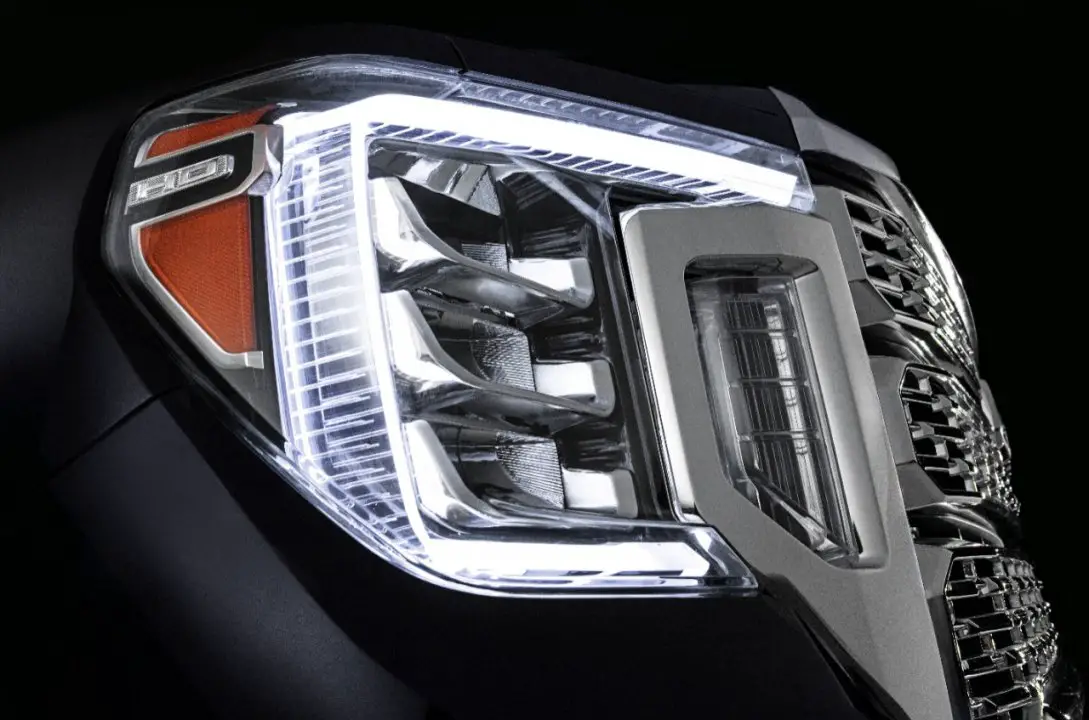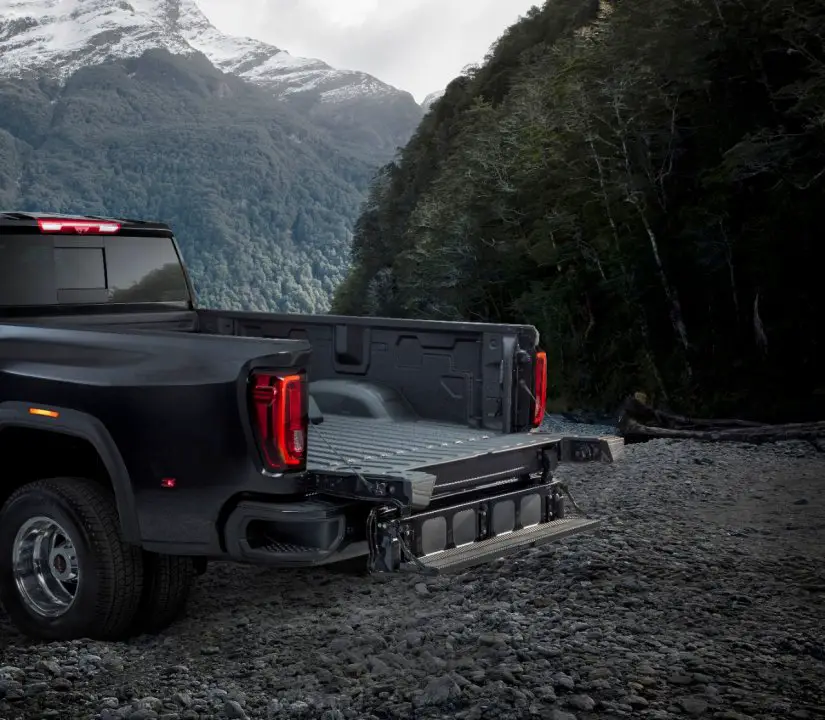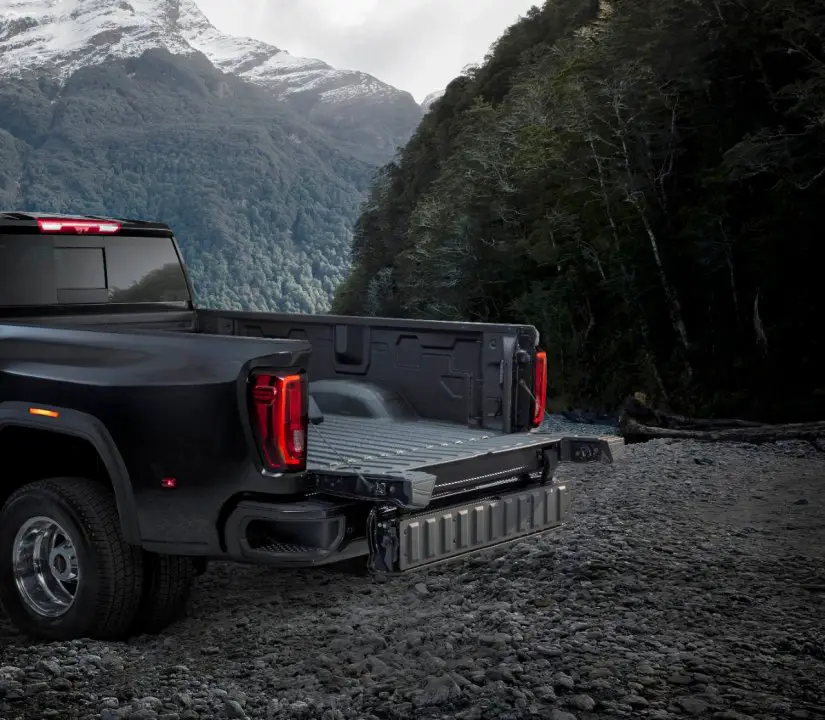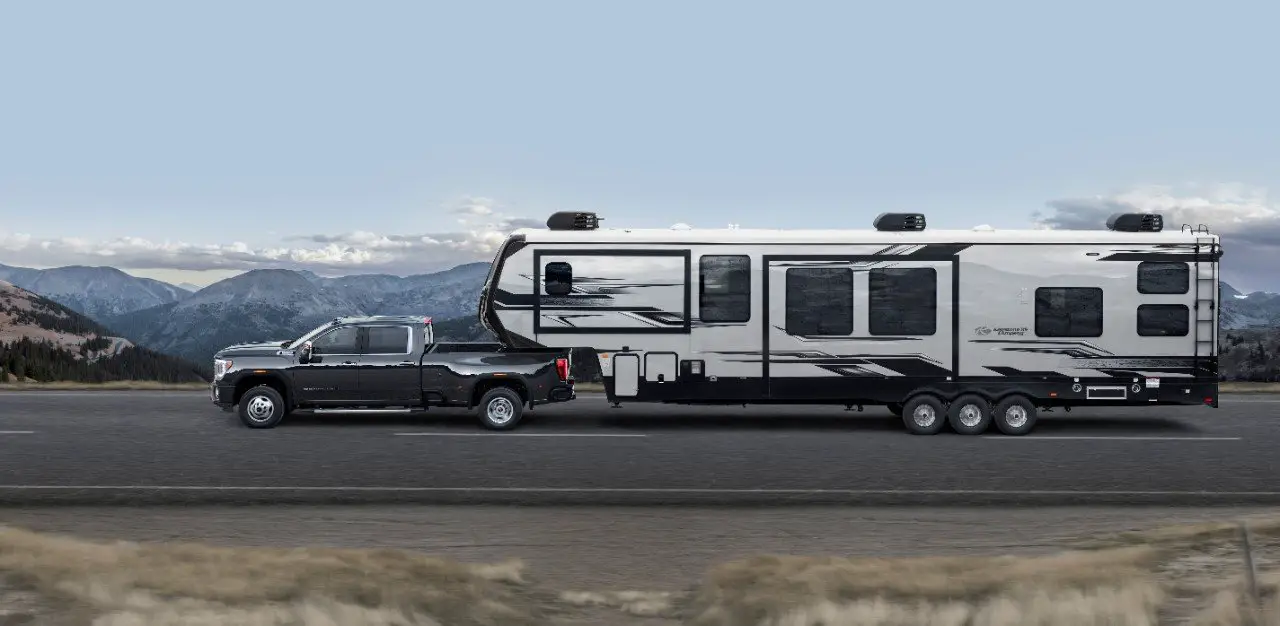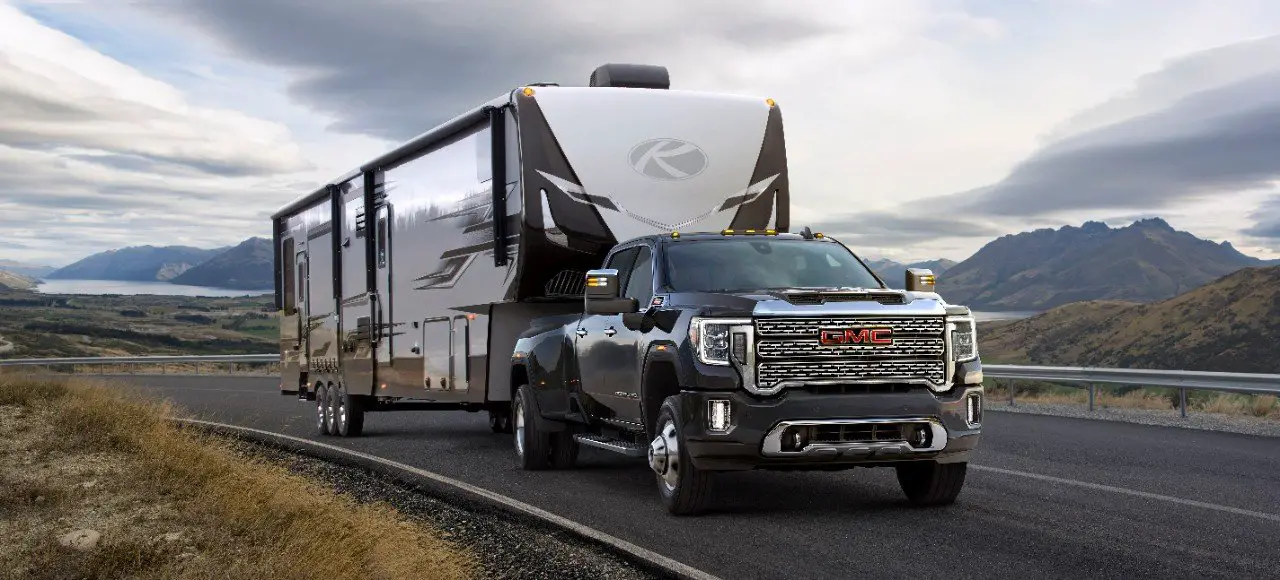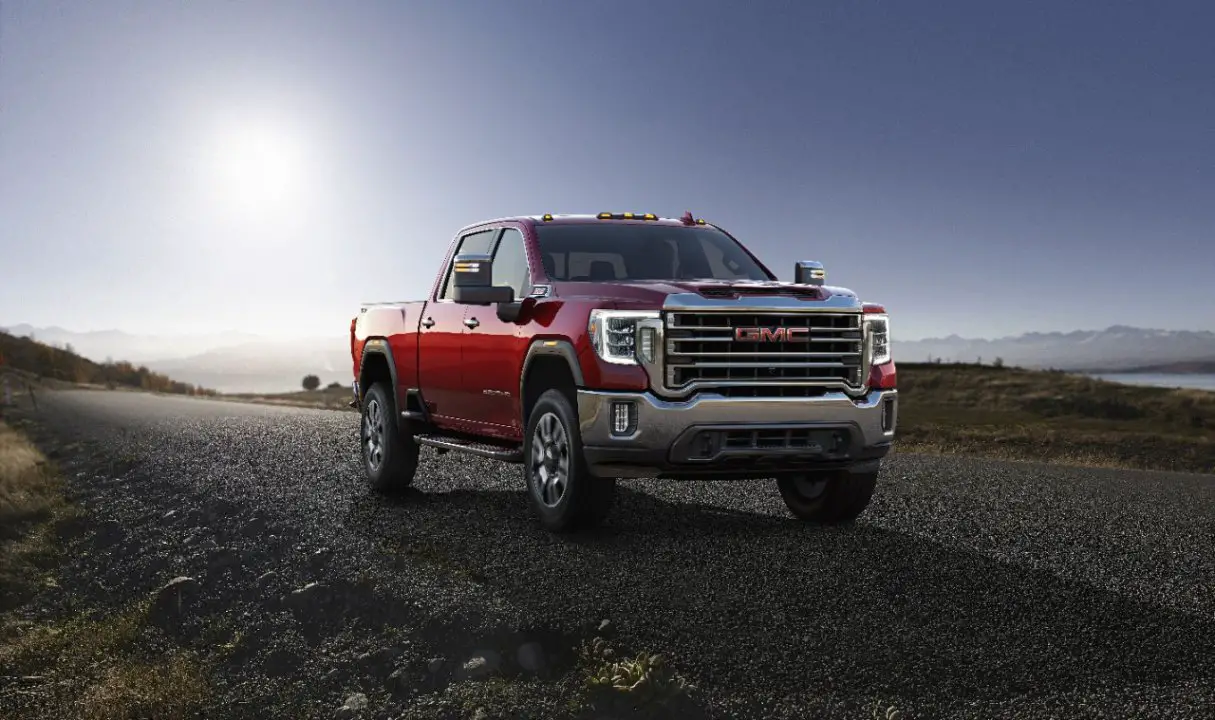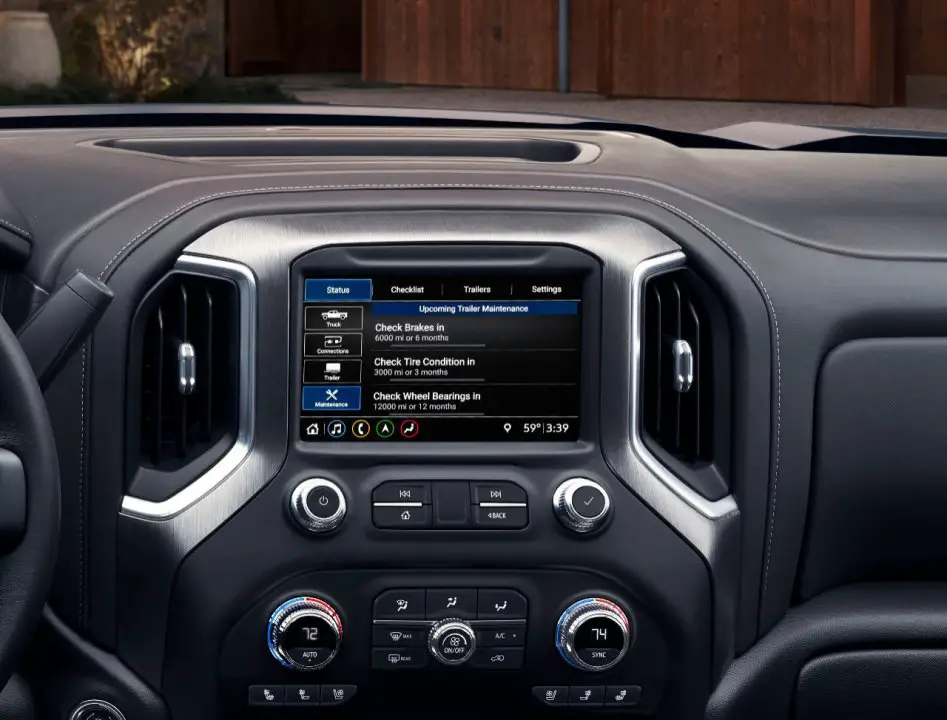Search the Community
Showing results for tags '2020 sierra hd'.
-
Thom Cannell Contributor, GM-Trucks.com March 7th, 2019 Heavy Duty trucks mirror the contest for market domination in light duty trucks. This year both GM and Ford announced significant upgrades to the engines powering their all new 2500 and 3500 HD trucks as each company upgraded their diesel engine, and delivered new gas engines. At GM, the launch event centered on Chevrolet, who brought in truck writers from every segment—popular to fleet management—to Flint, Michigan’s Flint Truck Plant. Flint is the original home of General Motors trucks and the spiritual and historical home of the UAW. So, Flint Truck Plant is receiving an all-new facility constructed and designed for just HD trucks, with the former truck assembly areas destined for warehousing and future projects. New L8T 6.6-Liter Gas Engine We first spoke to Mike Kociba, a GM engineer and part of the Small Block team to learn about the new 6.6-liter V-8 engine we'd been anticipating. Mike told us the new motor “is a marriage of the six-liter it replaces and an upgrade in technology levels to Gen 5 architecture.” A careful look will disclose similarities in key areas where GM has maximized their experience with the six-liter’s durability and improvements in performance levels derived from Gen 5 architecture. “Specifically, new here is the gray cast-iron block which is unique for this application, hyper-eutectic purpose-built pistons for this application and heavy-duty requirements, forged powdered-metal connecting rods, and a forged steel crankshaft,” Mike continued. The most significant change is the addition of Direct Injection. It’s all new, an industry first for the heavy-duty market and new to GM trucks. “When we added DI, we took the roughly 400 KPa fuel pressure from the low-pressure pump and dialed it up to roughly about 15 mPa for engine operation under key conditions,” Mike continued. “That allows us to increase compression ratio, now 10.8:1 using regular fuel. Without DI you're not going to hit those numbers without losing a lot of spark efficiency. With those additions, and the six millimeter longer stroke, that gets us up to 6.6-liters.” “That suite of changes allows us to hit class-leading gasoline engine torque, at 464 foot-pounds at a lower engine speed than the outgoing six-liter was optimized for. I'm proud of its 401 horsepower, which is SAE Certified, no games, legitimate. This (engine) is purpose-built to crank out those numbers day, after day, after day with no compromise in durability. Customers can have confidence they're going to pull, tow whatever trailer you need.” There are other new features like an all-new water pump and a massive cooling fan to meet the demands of the HD customer base. New is how the water pump drives the fan through a one-inch shaft using purpose-built bearings to handle loads. Another first for HD is a variable-output oil pump. “No mater what the severe operating condition is for the customer, the pump is capable of dialing in more, or less oil pressure regardless the requirement. The engine features an aluminum oil pan, nylon 6-6 air intake, and stainless steel exhaust manifolds unique for the Heavy Duty market. That’s because HD market has specific requirements for (fuel) enrichment and these stainless manifolds will meet those requirements. “We have variable dual-equal valve actuation, like on light duty, where intake and exhaust are phased together and controlled through the actuator on the front cover. It's chain driven for accessories.” GM designed this engine specifically for upcoming standards for particulates and NOx emissions standards. “With this architecture we're not just making power and torque, but improved emissions and improved efficiency.” Mike continued. We noted the massive valves, which Mike said are common with Gen 5 architecture for valve layout and their pushrod technology. “That's how we get this compact shape. When you compare the size of the two engines, they're similar, which is due to the common 4.4-inch bore spacing.” A unique feature of the new engine is inter-bore cooling. Coolant flows between the Siamesed bores, notably in the upper bores where there’s a tendency to generate higher temperatures. “For two-valve technology of course you've got the spark plug, and the fuel injector, splayed outside. To avoid heat, we have the coil mounted directly on the rocker cover and the boot mounted next to the manifold with industry-standard individual coils for each cylinder.” This is great stuff, we though, but engine development isn’t cheap. So, why a new 6.6-liter when the 6-liter was doing well? “We needed to improve to Gen 5 level of technology to be sure (the engine) is capable of delivering on durability requirements. Customers love the convenience of gas, but if you look at the market—for instance trailers with more gadgets and slide-outs—everything is getting heavier. Customers want to be sure they can tow with confidence, no compromises, whether it's fuel economy, power, torque, emissions, efficiency, they don't want to pull up to their neighbor and have to make excuses. That's what we targeted. No compromises. With the significant technology we put into this engine, it makes segment-leading torque without compromising efficiency or emissions. Peak torque is at 4,000 rpm, 400 rpm lower than the 6.0-liter. Three things enable the new 6.6-liter's better power output. Direct injection (DI) allows us a higher compression ratio; longer stroke is good for increased torque (but not as good for horsepower as piston speeds are high) and for heavy-duty application where you need torque everywhere it’s why we focused on a longer stroke to get to 6.6-liter displacement. Those changes enabled us to broaden the torque curve, which is up 20% everywhere, for greater work potential.” We thanked Mike and asked if we’d missed anything. “Small engines with turbochargers allow them peak torque off idle, but for heavy duty we don't want that complexity. For the Heavy Duty segment we (General Motors) have durability requirements—Global Engine Durability—that are unique and very long and stringent requirements. We know customers need 401 horsepower and 464 lb.-ft. of torque today, tomorrow, and every day for years to come with no compromise in durability. We know our customers and, if they can't use their truck today, they might not get paid. That's why we focus on durability.” Brand New HD 6-Speed Transmission With that in mind, we next spoke to the systems chief engineer for six-speed FWD and RWD transmissions Rich Mardeusz. More power and more torque tend to break an older transmission. So, we wanted to know what changes had been made to the new transmission to carry the additional torque. “We started with the 6L90 that's in the current HD vehicles and full-sized vans (and ZL-1 Camaro and CTS-V), received the horsepower and torque curves from the engine engineering teams and then performed an analysis of all mechanical components from front to back,” Rich said. General Motors uses specific simulation tools for different parts. “For instance, we have a "gear damage analysis tool" for analyzing the gear set and how much damage it may receive over the life of the vehicle,” Rich told us. The result was a need to improve the torque converter and the clutch pack, which needed to be more robust to accommodate the greater power output of the upgraded 6.6-liter V-8 engine. From a clutch pack standpoint, changes were simple, according to the engineer, as there was enough room in the case to add a clutch and one backing plate to each of the clutch packs to handle additional power. When it came to the torque converter, things changed. “We looked at the components from a heavy-duty diesel torque converter and a high-output gas torque converter and then took the torque-carrying components from the diesel and married them to the spring and damping components from the gasoline torque converter. That’s what was needed to accommodate the approximate 22 percent across-the-board torque increase.” So, the new torque converter can A) handle the added torque of the new engine and B) damp out the firing frequencies from the gasoline engine, which are significantly different from a diesel engine. All of the shafting and gears were able to handle the torque. Interestingly, there is no dipstick. GM has the confidence to eliminate it, and only change fluid at suggest intervals of approximately 100,000 miles, more often for those who mostly tow, or drive over mountains with full loads. Another surprise, the transmission uses GM-spec Dexron VI fluid, GMs standard since 2005, as they found no reason to change. 2019 L5P Duramax 6.6-Liter Once we’d completed our gas powertrain interviews, we turned to the diesel side of Heavy Duty. We spoke to Max Sala, whose Italian accent tipped us to an affiliation with GM’s diesel engine center of excellence in Turin, Italy. Max said that their objective for the new Silverado HD was to increase towing capacity and ensure functionality with the new Allison/GM transmission. Remember, the Duramax 6.6L Turbo-Diesel V-8 engine makes 445 hp. and 910 lb-ft of torque. “We added a bigger fan now 28-inches, a bigger oil cooler that is upgraded from 14 plates to 19 plates, and we fine-tuned the cylinder head gasket” Next up were improvements to the engine-brake capacity, taking into consideration towing capacity. “It’s better by 14-percent and we introduced smart activation of the engine brake,” Max continued, “There's still a button for manual activation, but for safety there's automatic activation at certain RPMs.” Under the new control system, the powertrain will recognize any need for the engine brake and activate automatically. For instance in driving down hill and forgetting to shift, the higher RPM means automatic activation. “With that, we have better after-run strategy. Every time you tow uphill, temps rise and you have a message to cool the engine when stopping. If, by chance you forget and close the door, the system cooling system activates automatically for up to 15 minutes to cool the engine for reliability.” That isn’t the end of changes, as the engine has been completely recalibrated to match the new 10-speed Allison transmission. “Emissions have been improved and fine-tuned to maintain the best efficiency the transmission can offer to our customers.” With these changes, most importantly, Chevrolet says they are now capable of delivering full torque at any time, in any gear, and that they have done everything to the engine, transmission, driveline, drive shaft and frame to improve strength and durability. “What's important is how safe (the new HD trucks) will be and how comfortable it will be for our customers to drive these huge trailers up, and down hills.” Max concluded. Allison transmissions have gained a peerless reputation for strength and durability. Adding a 10-speed transmission branded with the Allison name is a great choice. David Ames, now GM assistant chief engineer on the Allison transmission and liaison with Allison, is a former Allison engineer. A natural fit. The 10-speed is a collaborative effort with joint development of the analysis, engineering, as well as testing. So, testing was performed at Allison and at GM, each with their own set of rules and test regimes. “We go back and forth”, David told us. “Today we have a ratio-span of five and this transmission has a span of 7.2, so the new 10-speed provides both more overdrive and a lower first gear.” We asked about the projects’ starting point. “We (at GM) come out with a "here's what we're looking for" and we begin an internal development contract. It was a pretty clean sheet of paper. So, the controls on the bottom are from a smaller 10-speed, some pieces and parts, but not the entire controls package. For the most part, it's all new to handle the increased power and much larger torque. We collaborated with Allison on this transmission (GM does have a 10-speed transmission of its own) which made it necessary to meet their (Allison) design requirements, their analysis requirements, their engineering requirements, as well as our own. It's a very compact transmission. If you had a 6-speed for comparison, this more dense, more compact and solid to get ten speeds into a package that would still fit nicely into the vehicle and not take up too much space,” David continued. This transmission’s torque converter has a lock-up clutch and is unique in that it will lock up in first gear, even under max loads. So, if you're pulling 33,500 pounds, you can do a first gear launch and lock up right away, which helps get rid of heat. We asked David why this is important. “Normally in first gear you're under high torque and generating a lot of heat, which puts a lot of demand on the cooling system. Locking up gets rid of that heat and the 7.2 ratio gives you a lower first gear. For instance, the six-speed uses a 3.1 first gear and the new transmission has a much lower 4.5 first gear. It's got four planetary gear sets, six clutches and the main place you'll notice the ten speeds, not only in launches and driving with heavier loads—it's very smooth—is going down a grade. Often you're trying to downshift to save brakes and having ten gears you can usually hold the right speed and not feel like you're running over the car in front of you, tapping the brakes or going too slow.” “Also, we built in the first OEM PTO option. Note that the chain drive to the PTO is engine-speed driven rather than turbine-speed driven, which is important to many commercial customers, and it’s quieter drive than gear driven systems.” We asked David for an overview of the combined Duramax-Allison package. “For those who need it, it’s a nice package, one we're very proud of because of the outstanding durability. I think we're going to do a better job of putting power to the road than anybody out there. Whatever torque the engine is putting out, it's getting to the road in an accurate way. I think this transmission will be far more durable than people need it to be. Four-five years from now people will understand how durable it is.”
-
I definitely appreciate GMC being first with the wheelwell marker lights - I'm really getting tired of being sideswiped on interstates by idiots who can't determine there's nothing in their driver's window except my truck's sheetmetal. But the one thing I have not seen yet is whether those are also turn/hazard lights. Does anyone know for sure about that, or are they just markers?
-
2020 GMC Sierra 2500 Heavy Duty - Images and Details
Gorehamj posted a topic in The Newsroom Archive
John Goreham Contributing Writer, GM-Trucks.com 1-23-2019 GMC's all-new 2020Sierra Heavy Duty will feature more room and amazing towing capabilities. “The all-new 2020 Sierra HD is the most capable heavy-duty truck that we’ve ever offered,” said Duncan Aldred, vice president of Global GMC. “For customers who demand a premium, innovative heavy-duty truck that supports their passions, the next-generation Sierra HD can pull like a pro.” There is a lot of new and notable capabilities in the 2020 Sierra HD, so we are breaking down the key elements into bullet points. Here are the 2020 Sierra HD general features. Trailering features come below: A segment-exclusive available 15-inch-diagonal head-up display that offers useful trailering information, including vehicle speed, navigation information and an inclinometer display for the road grade. An available segment-first Rear Camera Mirror. MultiPro, the world’s first six-function tailgate, allows easier loading, unloading and bed access and is available on all trim levels. A larger, commanding design that provides more room for cargo and occupants. Best-in-class Crew Cab front headroom and legroom for the driver and other front-row occupants. An all-new, segment-first, Allison 10-speed automatic transmission mated to the legendary 6.6L Duramax turbo diesel. 2020 Sierra HD Advantages Over Prior Model Include: A longer wheelbase, a taller, more dominant hood line and taller overall height. A larger grille and complementing functional hood scoop to feed an advanced cooling system for the Duramax turbo diesel. Class-leading heavy-duty cargo bed volume and corner tie-downs with a new, available 120-volt power outlet. One-inch-lower bed lift-in height compared to the 2019 Sierra Heavy Duty, providing easier loading and fifth-wheel and gooseneck trailer hitching. New, segment-exclusive cargo bed side steps on all box styles, located in front of the rear wheel openings, that complement integrated CornerSteps in the rear bumper to improve access to the cargo area. World’s first six-function MultiPro tailgate available on all trim levels and standard on SLT, AT4 and Denali. GMC’s Duramax turbo diesel and new 10-speed Allison automatic transmission pairing will offer superior towing confidence. GMC isn't providing exact specs today, but says that the 2020 Sierra HD will have capabilities well in excess of 30,000 pounds. This is the first HD segment 10-speed. The Duramax 6.6L turbo-diesel engine develops an SAE-certified 445 horsepower and 910 lb-ft of torque. 2020 Sierra HD Trailering Features: An enhanced ProGrade Trailering system featuring class-leading available 15 camera views, including a segment-first transparent trailer view to virtually see through a trailer in tow. An available smart trailer designed to integrate the iN∙Command control system from ASA Electronics provides the ability to monitor and control select functions of compatibly equipped trailers through the myGMC mobile app. Auto Electric Park Brake to automatically apply the parking brake to help maintain truck position when hitching. All-new Park Grade Hold Assist enhances hill hold by using braking effort at each wheel for an extended period of time. All-new larger, door-mounted trailering mirrors with a four-bar link providing power extend and retract for the driver and passenger sides. Integrated trailer brake controller that works with the trailer profile in the Trailering App to recall a specified trailer’s most recent gain setting. Tow/Haul mode that remains engaged on the next key-on cycle, for up to four hours; includes a reminder the feature is engaged. Hill Start Assist and Hill Descent Control. Trailer Sway Control. Auto Grade Braking and Diesel Exhaust Braking. Digital Variable Steering Assist that dynamically optimizes power steering according to driving scenarios, including trailering, and enables features like road pull compensation. Trailering Info Label placed on the driver’s door jamb that clearly calls out the truck’s specific trailering information, including curb weight, GVWR, GCWR, maximum payload, maximum tongue weight and rear GAWR. When Can You Get One? The 2020 Sierra HD will go on sale "later this year" in 2500HD and 3500HD dual rear wheel and single rear wheel configurations. Flint Assembly in Flint, Michigan, will be the manufacturing location for the 2020 Sierra Heavy Duty.- 16 replies
-
- duramax
- 2020 sierra
-
(and 6 more)
Tagged with:
-
2020 GMC Sierra HD / Sierra Denali HD / Sierra HD AT4
Zane posted a gallery image in 2020+ Chevy Silverado HD & GMC Sierra HD
From the album: 2020 GMC Sierra HD
-
- 2020 sierra hd
- 2020 gmc sierra hd
- (and 13 more)
-
2020 GMC Sierra HD / Sierra Denali HD / Sierra HD AT4
Zane posted a gallery image in 2020+ Chevy Silverado HD & GMC Sierra HD
From the album: 2020 GMC Sierra HD
-
- 2020 sierra hd
- 2020 gmc sierra hd
- (and 13 more)
-
2020 GMC Sierra HD / Sierra Denali HD / Sierra HD AT4
Zane posted a gallery image in 2020+ Chevy Silverado HD & GMC Sierra HD
From the album: 2020 GMC Sierra HD
-
- 2020 sierra hd
- 2020 gmc sierra hd
- (and 13 more)
-
2020 GMC Sierra HD / Sierra Denali HD / Sierra HD AT4
Zane posted a gallery image in 2020+ Chevy Silverado HD & GMC Sierra HD
From the album: 2020 GMC Sierra HD
-
- 2020 sierra hd
- 2020 gmc sierra hd
- (and 13 more)
-
2020 GMC Sierra HD / Sierra Denali HD / Sierra HD AT4
Zane posted a gallery image in 2020+ Chevy Silverado HD & GMC Sierra HD
From the album: 2020 GMC Sierra HD
-
- 2020 sierra hd
- 2020 gmc sierra hd
- (and 13 more)
-
2020 GMC Sierra HD / Sierra Denali HD / Sierra HD AT4
Zane posted a gallery image in 2020+ Chevy Silverado HD & GMC Sierra HD
From the album: 2020 GMC Sierra HD
-
- 2020 sierra hd
- 2020 gmc sierra hd
- (and 13 more)
-
2020 GMC Sierra HD / Sierra Denali HD / Sierra HD AT4
Zane posted a gallery image in 2020+ Chevy Silverado HD & GMC Sierra HD
From the album: 2020 GMC Sierra HD
-
- 2020 sierra hd
- 2020 gmc sierra hd
- (and 13 more)
-
2020 GMC Sierra HD / Sierra Denali HD / Sierra HD AT4
Zane posted a gallery image in 2020+ Chevy Silverado HD & GMC Sierra HD
From the album: 2020 GMC Sierra HD
-
- 2020 sierra hd
- 2020 gmc sierra hd
- (and 13 more)
-
2020 GMC Sierra HD / Sierra Denali HD / Sierra HD AT4
Zane posted a gallery image in 2020+ Chevy Silverado HD & GMC Sierra HD
From the album: 2020 GMC Sierra HD
-
- 2020 sierra hd
- 2020 gmc sierra hd
- (and 13 more)
-
2020 GMC Sierra HD / Sierra Denali HD / Sierra HD AT4
Zane posted a gallery image in 2020+ Chevy Silverado HD & GMC Sierra HD
From the album: 2020 GMC Sierra HD
-
- 2020 sierra hd
- 2020 gmc sierra hd
- (and 13 more)
-
2020 GMC Sierra HD / Sierra Denali HD / Sierra HD AT4
Zane posted a gallery image in 2020+ Chevy Silverado HD & GMC Sierra HD
From the album: 2020 GMC Sierra HD
-
- 2020 sierra hd
- 2020 gmc sierra hd
- (and 13 more)
-
2020 GMC Sierra HD / Sierra Denali HD / Sierra HD AT4
Zane posted a gallery image in 2020+ Chevy Silverado HD & GMC Sierra HD
From the album: 2020 GMC Sierra HD
-
- 2020 sierra hd
- 2020 gmc sierra hd
- (and 13 more)
-
2020 GMC Sierra HD / Sierra Denali HD / Sierra HD AT4
Zane posted a gallery image in 2020+ Chevy Silverado HD & GMC Sierra HD
From the album: 2020 GMC Sierra HD
-
- 2020 sierra hd
- 2020 gmc sierra hd
- (and 13 more)
-
2020 GMC Sierra HD / Sierra Denali HD / Sierra HD AT4
Zane posted a gallery image in 2020+ Chevy Silverado HD & GMC Sierra HD
From the album: 2020 GMC Sierra HD
-
- 2020 sierra hd
- 2020 gmc sierra hd
- (and 13 more)
-
2020 GMC Sierra HD / Sierra Denali HD / Sierra HD AT4
Zane posted a gallery image in 2020+ Chevy Silverado HD & GMC Sierra HD
From the album: 2020 GMC Sierra HD
-
- 2020 sierra hd
- 2020 gmc sierra hd
- (and 13 more)
-
2020 GMC Sierra HD / Sierra Denali HD / Sierra HD AT4
Zane posted a gallery image in 2020+ Chevy Silverado HD & GMC Sierra HD
From the album: 2020 GMC Sierra HD
-
- 2020 sierra hd
- 2020 gmc sierra hd
- (and 13 more)
-
2020 GMC Sierra HD / Sierra Denali HD / Sierra HD AT4
Zane posted a gallery image in 2020+ Chevy Silverado HD & GMC Sierra HD
From the album: 2020 GMC Sierra HD
-
- 2020 sierra hd
- 2020 gmc sierra hd
- (and 13 more)
-
2020 GMC Sierra HD / Sierra Denali HD / Sierra HD AT4
Zane posted a gallery image in 2020+ Chevy Silverado HD & GMC Sierra HD
From the album: 2020 GMC Sierra HD
-
- 2020 sierra hd
- 2020 gmc sierra hd
- (and 13 more)
-
2020 GMC Sierra HD / Sierra Denali HD / Sierra HD AT4
Zane posted a gallery image in 2020+ Chevy Silverado HD & GMC Sierra HD
From the album: 2020 GMC Sierra HD
-
- 2020 sierra hd
- 2020 gmc sierra hd
- (and 13 more)
-
2020 GMC Sierra HD / Sierra Denali HD / Sierra HD AT4
Zane posted a gallery image in 2020+ Chevy Silverado HD & GMC Sierra HD
From the album: 2020 GMC Sierra HD
-
- 2020 sierra hd
- 2020 gmc sierra hd
- (and 13 more)
-
2020 GMC Sierra HD / Sierra Denali HD / Sierra HD AT4
Zane posted a gallery image in 2020+ Chevy Silverado HD & GMC Sierra HD
From the album: 2020 GMC Sierra HD
-
- 2020 sierra hd
- 2020 gmc sierra hd
- (and 13 more)
-
2020 GMC Sierra HD / Sierra Denali HD / Sierra HD AT4
Zane posted a gallery image in 2020+ Chevy Silverado HD & GMC Sierra HD
From the album: 2020 GMC Sierra HD
-
- 2020 sierra hd
- 2020 gmc sierra hd
- (and 13 more)







